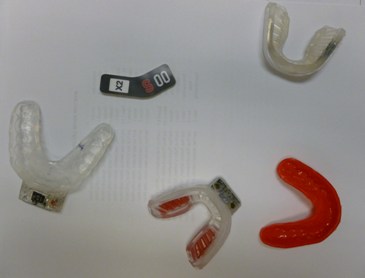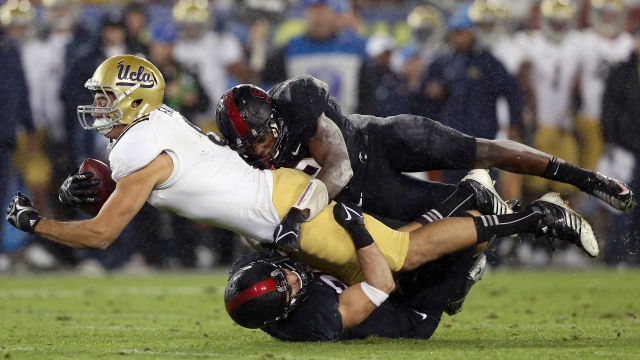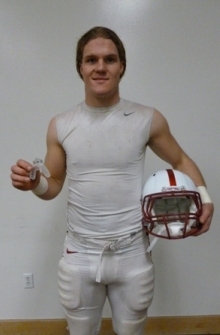It's no secret that concussions are endemic in American football at every level, from pewees to the pros, but little is known about the hits that cause them. Stanford University is searching for answers by meticulously gathering data on every impact their football players sustain. The study is only in it's second year, but they've already made some interesting discoveries.
David Camarillo is a bio-engineer at Stanford and a lead researcher on the project. He says “injury research is a tough thing to do because you usually see it only after it happens.” To see brain trauma in real time, Camarillo and his team have outfitted the football team with mouth guards that measure the physics of every hit. At practices, they use ultra-high-definition, slow-motion cameras to observe those collisions more closely and look for ways to prevent them.

The first startling discovery of the research is how little is known about the “injury mechanism” for concussions, that is, exactly how they are caused. People have long associated “getting your bell rung” with a hard hit, or a series of repeated impacts, but little data has been gathered on the nature of those hits. How hard does a hit need to be to cause a concussion outright? How many small, low-impact hits before a player begins to exhibit concussion symptoms?
The definition of a concussion is a fairly simple one: the damage caused when the brain smashes against the inside of the skull. They can come from one hard impact, or repeated low-speed hits. In the short term they cause things like dizziness and loss of memory; in the long-term they can cause severe neurodegeneration. But the diagnosis process for concussions is complex. Symptoms vary widely from player to player and can be easily lied about.
Scott Anderson is the head athletic trainer at Stanford and he's helping to develop the mouth guard prototypes. He says right now there's no good way to analyze and diagnose concussions. With an injury like a sprained ankle or broken rib, a physician can use an MRI or an X-ray to look at the problem. With a concussion there's no way to peer inside the brain and see what's going on. “We can send you for a CT scan to look at your brain,” he says, “but your brain doesn't show us anything.” Instead, physicians have to rely on players to describe symptoms, and players can be highly unreliable.

